The Russians Are Coming - Part 2
First a few Italians Invade Russia
The Russians Are Coming - Part 2
First A Few Italians Show Up in Russia
BREAKING NEWS
{{{{{Roman Empire Collapses}}}}
You knew that? Who cares?
A perfectly coifed anchor brushes her teeth and gets a manicure - BREAKING NEWS!
These days all news breaks everyday, all day, the same news breaks ad infinitum, yet miraculously it never completely breaks until broken.
Modern appliances could take a lesson from the news.
Standby for OLD NEWS
Eventually the blood dried on the Colosseum floor, and lions roamed far and wide to looking for new work in show-business. No one, man or beast, wants to leave show-business.
Italian actors also roamed far and wide. They traveled, mainly in small troupes, often family based. With them they carried their dramatic traditions, opera influenced histrionics and homegrown commedia dell'arte, a brand of bold physical comedy steeped in improvisation. The combination made for bountiful theater. They drew rapt attention wherever they went. As is the wont of Italian family they were fast to invite strangers into their ‘homes.’
The presence of Italian acting troupes sparked opportunities for actors, directors, and playwrights from different countries to interact and learn from each other. I’m guessing there was delicious food involved. You know - Italians!
Touring troupes from Italy have had a lasting impact. They influenced theatrical styles and acting techniques in European theater and planted seeds that sprouted a new kind of acting on stage and screen everywhere for evermore.
A Singular and Significant Transformational Link
Luigi Duse, the patriarch of his acting family, was a major force in the transformation of theater. He cast off the larger than life trappings of commedia dell’arte, its masks and clowning, in favor of a more human face. Luigi played with emphasis on more natural stage behavior.
However, it was Luigi’s granddaughter, Eleonora, featured in the troupe when it landed in Russia, who definitively bridged the gap between all earlier acting forms to what we recognize today as excellence at the highest levels of modern acting.
According to the definitive biography, “Duse” by Helen Sheehy, Eleonora became known as simply Duse (did she give Elvis the idea?). She went beyond anything Luigi imagined. She, who was heralded in her time as a genius, revolutionized acting.
“In becoming Juliet, Eleonora Duse found herself. The feeling that surged through her, undoing the boundaries of her personality and uniting her in communion with the audience, was terrifying, uncanny, and as ancient as Dionysus, the god of the theatre, who embodies two opposing principles, the ‘ecstasy of power over others and the ecstasy of self-surrender.
She opened her soul and revealed a woman as a human being. Her singular journey revolutionized the theatre and our understanding of what it means to be human. Duse's art embodied the past, the exact present, and the future. She was the first modern actor.”
Duse transformed the theatre while altering our understanding of what it means to be human.
Duse divined acting. She sought the mystery. She intuited a new way of acting from impermanence and uncertainty in life; from the complexity and turbulence palpable in a fractured Europe.
More Sheehy:
“In Duse's acting there was nothing fixed, no national boundaries, no boundaries at all, there was only a human being, alive, ever changing.
The world of the theatre, an active, ephemeral world that moves from light into darkness, is a metaphor for life-and death-itself. Duse understood this.”
Alas, Here Come The Russians
As an aspiring actor, a teenaged and artistically restless Constantin Stanislavsky saw Duse on stage. In today’s terms, she blew his mind.
He was inspired by Duse’s radiant sense of inner truth. Having seen Duse on stage, Stanislavsky was troubled by how inadequate he felt as an actor. His acting seemed to him stiff and unreal.
While his impulses were already pointing in the direction of naturalistic and truthful expression, he found it difficult to find his way to what he later call ‘stage truth,’ to acting that felt alive and present to him and the audience.
These disconcerting feelings led him to examine the acting process. His purpose was to discern basic principles of the actors craft. His interest was not only to uncover the elements of truthful acting for use in his own work, but also for the instruction of other actors, and ultimately for the elevation of theater art.
Stanislavsky acted, taught and directed, all the while delving more deeply into what made for consistent naturalistic acting, and how to develop it for reliable use in rehearsal and performance.
He wrote extensively as his life was now devoted to what he saw as high art. He sensed that theater, if properly regarded, could create life enhancing experiences for all involved and have a profound influence on the culture.
One of his primary realizations was that acting was an ensemble art. It required seamless collaborations. Actors with actors, actors with an audience, all in a constellation of interdependent creativity. Deep sharing of experience, a genuine empathetic and emotional connection in the here and now.
In order to mature his approach to naturalistic acting Stanislavsky needed to form a company of actors as committed as he was to the art of acting and to his experimental vision of a system to guide them toward a theater that revealed vital life on stage.
Stanislavsky wanted a theater that overcame the limits of symbolic life on stage, performances that relied on empty gestures. Common at the time were performances based in the Delsarte Method, a set of codified postures and gestures designed to convey emotions.
It was with intense focus on the end of artificial theater, a heart devoted to truth found in spontaneous, life giving stagecraft that Stanislavsky together with Vladimir Ivanovich Nemirovich-Danchenko, a playwright, director, teacher and producer, founded The Moscow Art Theater in 1898.
The Moscow Art Theater had in its ranks a remarkable group of actors, directors and playwrights.
Anton Chekhov was in residence. His now classic plays were originally produced by the Moscow Art Theater. They also mounted plays by Ibsen, Gorky, Tolstoy, Dostoyevsky, Sophocles, and Shakespeare. The company was a true repertory ensemble. Plays were thoroughly rehearsed, and in the process Stanislavsky’s system of acting was enlarged and continuously tuned.
Among the actors were Anton’s nephew Michael Chekhov and Richard Boleslavsky, both of whom figure prominently in the export to America of acting that evolved from Stanislavsky’s system.
For those of you who are interested in a beautifully detailed telling of this history there is a 2022 book by Issac Butler that does an unprecedentedly thorough job of tracing the journey acting has taken from the Moscow Art Theater to what you regularly see on American stages and screens right now.
The story is packed with intrigue. Through the many iterations of the Moscow Art Theater, artistic differences, squabbles, ego trips, funding fiascos, the regimes of Lenin and Stalin, all leading to upheaval and our old friend turbulence.
In 1923 The Moscow Art Theater played New York.
Performances astounded theater people and audiences alike. Actors, directors, and playwrights were in awe. They wanted nothing more than to plumb the depths of what struck them as an awakening bolt. Nothing like what The Moscow Art Theater brought to the NY stage had ever been seen before.
Actors wanted in on what Stanislavsky had wrought. For the first time they experienced performances redolent with believable truth. Palpable life, alive on stage, here and now. One actor was particularly moved to action. Her name was Stella Adler.
Stella, like Duse, grew up in a theater family. She took her first turns on the stage at the age of four.
Her father, Jacob, was a major star in the Yiddish theater, which at this time was in full bloom on the Lower East Side of New York.
Her brothers Luther and Julius were actors. Her half-sister Celia was, too. All of Jacob’s children were on the boards.
The Yiddish theater was booming. Jewish immigrants from Eastern Europe, having escaped the Pogroms, flooded New York. A theater in their own language was a natural comfort for strangers in a strange land.
Ironically, Jacob Adler had starred in Yiddish theater as it thrived in Odessa, Russia until the Czar shut it down. Adler brought his stardom and family to Second Avenue in New York, where they shined brightly.
Stella found a way to study privately with Stanislavsky in Paris for five weeks.
At roughly the same time, Richard Boleslavsky, an original member of the Moscow Art Theater, and Maria Ouspenskaya, also a member of the Moscow Art Theater, founded the American Lab Theater in New York. Both had studied with Stanislavsky and one of his proteges, Leopold Antonovich Sulerzhitsky, a Russian painter, theater director, and teacher who was born in Poland.
I told you the Russians were coming.
Stella, joined the American Lab Theater to continue her immersion in the System developed by Stanislavsky, as now embellished by his students, Boleslavsky and Ouspenskaya.
A different Stella, but I had the image handy and Marlon was not only a prized Stella Adler student, he also spent time with her family. So much time that, little known to the public, he spoke quite a bit of Yiddish.
Influenced by the American Lab three Americans founded The Group Theater in New York, 1931. The founders were Producer Cheryl Crawford, Actor and Director Lee Strasberg, along with Director and Critic Harold Clurman. Strasberg and Clurman taught and directed in search of a distinctly American version of Stanislavsky’s system. The were also left-leaning politically and involved, through theater, in social action.
The original Group Theater company included Stella Adler, Luther Adler, Elia Kazan, John Garfield, Sanford Meisner, Sidney Lumet, Lee J. Cobb, Morris Carnofsky and many other distinguished actors. Principal among the playwrights was Clifford Odets.
The only one of the founding members who worked directly with Stanislavsky was Stella.
The Group Theater disbanded in 1941 in the wake of squabbles, egos, political upheaval and the whole ‘shmear’ we saw in Moscow.
Here’s a wonderful documentary centered on a reunion of Group alums at the Williamstown Theater Festival. It tells the Group Theater story through reminiscences of surviving members and archival footage. Absolutely worth your ears and eyeballs and a bucket of popcorn. Maybe a tissue or two, too.
Lee Strasberg moved on to found The Actors Studio where THE Method took center stage and his teaching spread far and wide.
Sanford (Sandy) Meisner became the Artistic Director of The Neighborhood Playhouse where he taught for the rest of his life.
Stella Adler launched the Stella Adler Studio. She taught for the rest of her life.
Each of these teachers developed unique approaches to the system promulgated by Stanislavsky.
Between them they taught several generations of actors that shifted the nature of acting on stage and screen.
Uta Hagen, while never a Group member, was an accomplished actor, blacklisted in Hollywood owing to her relationship with Paul Robeson. She, undeterred, remained active on the stage. Uta shared her take on Stanislavsky and had vast influence on actors in perpetuity.
Here’s a small sample of the actors, directors and writers that Lee, Stella, Sandy, and Uta had among their acolytes. Not infrequently actors took classes with two, three or all of them.
Marlon Brando (you knew that, didn’t you?)
Warren Beatty
Robert Di Niro
Melanie Griffith
Benicio Del Toro
Harvey Keitel
John Ritter
Diana Ross
Elaine Stritch
Janis Ian
Salma Hayek
Gregory Peck
James Caan
Jeff Goldblum
Marian Seldes
Marta Kaufman (became a writer, created “Friends”)
Sydney Pollack
Joanne Wordward
Doris Roberts
Paul Newman
Steve McQueen
Mira Sorvino
Anne Bancroft
Al Pacino
Jane Fonda
James Dean
On and on and on
Sandy Meisner had a protege who became his assistant at The Neighborhood Playhouse for several years. He peeled off to start his own studio which was called The Wynn Handman Studio, because his name was Wynn Handman. His students include:
Richard Gere
Christopher Walken
Dustin Hoffman
Faye Dunaway
Michael Douglas
Allison Janney
Denzel Washington
Joel Grey
Frank Langella
On and on and on
Oh and Me, too. We’ll circle back to my times with Wynn soon and often. He was a significant teacher and mentor in my life.
He taught extensively until his death at 98 in 2020.
There’s a doc covering his life and work as a teacher producer, and champion of new and difficult writing for the stage. On Netflix, “It Takes A Lunatic.” And, believe me, he fit the bill.
Coming from the confluence of potent lineages I’m keen to share…
…the insights that arise from my study and experience in theater, and in movies and television as a writer, producer, and director. One can learn lots about life in the trenches of show business. Talk about turbulence.
Taken together with and flowing into - - -
My life in music, which has been beyond rich. What I’ve learned about vibrational forms from playing and listening, and from the generosity of vaunted musicians, and from the process of mastering a difficult instrument, the trumpet is unforgiving, strongly informs what we’re here to do.
Taken together with and flowing into - - -
Wisdom practices, including meditation and other explorations in consciousness, study in eclectic disciplines, wild curiosity that leads me to pay caring attention (whenever I remember, I’m practicing), along with an ever present eagerness to synthesize.
Taken together with and flowing into - - -
An unlikely and longish stint, eighteen years, professing in Academia. No one saw that coming, I barely got out of high school. I had a legit Professor appointment, unlike Irwin Corey who didn’t, although there were significant overlaps in how I showed up in classrooms and his performance on stage and screen. We were both fun and got our fair share of laughs.
I’ve guided many young people as they’ve navigated higher education, some higher than others, and then in life after graduation. I’ve earned their trust and confidence. They’ve shared and continue to share their unfolding stories. My students have been valuable teachers and confidants.
ACTING HUMAN seeks to shed light on who we are as individuals longing for whole lives lived alive and how we can learn and practice together to develop enduring creativity that encourages dynamic connection, aliveness, compassion, kindness, truth, and laughter.
We are called, if we listen, to co-create humanity at this especially uncertain and turbulent time.
As unlikely as it seems given the common conception of acting, when actors craft is recognized as a dynamic that draws on life experience to live truthfully on stage, it is plain that simple turn around is fair play. We can play our lives truthfully in everyday circumstances to wake up and to share life lived alive.
We all act all the time.
We always create it all we see as ‘real.’
WE can move turbulence in the direction of peace, and suffering toward wellbeing. The power of true theater is limited only by our imaginations. As we throw off masks and artifice in favor of robust creativity rooted in truth and generosity we can begin again and again in every new moment to transform lives far and wide for one and all.
As Carl Sagan said, “if you want to make apple pie from scratch, first you’ll have to create the Universe.”
Thank you for coming along to learn together, to help ourselves and each other create peace and joy and truth as emerging humans revealing lives lived alive in a Universal Theater.
I’m grateful you’re here.



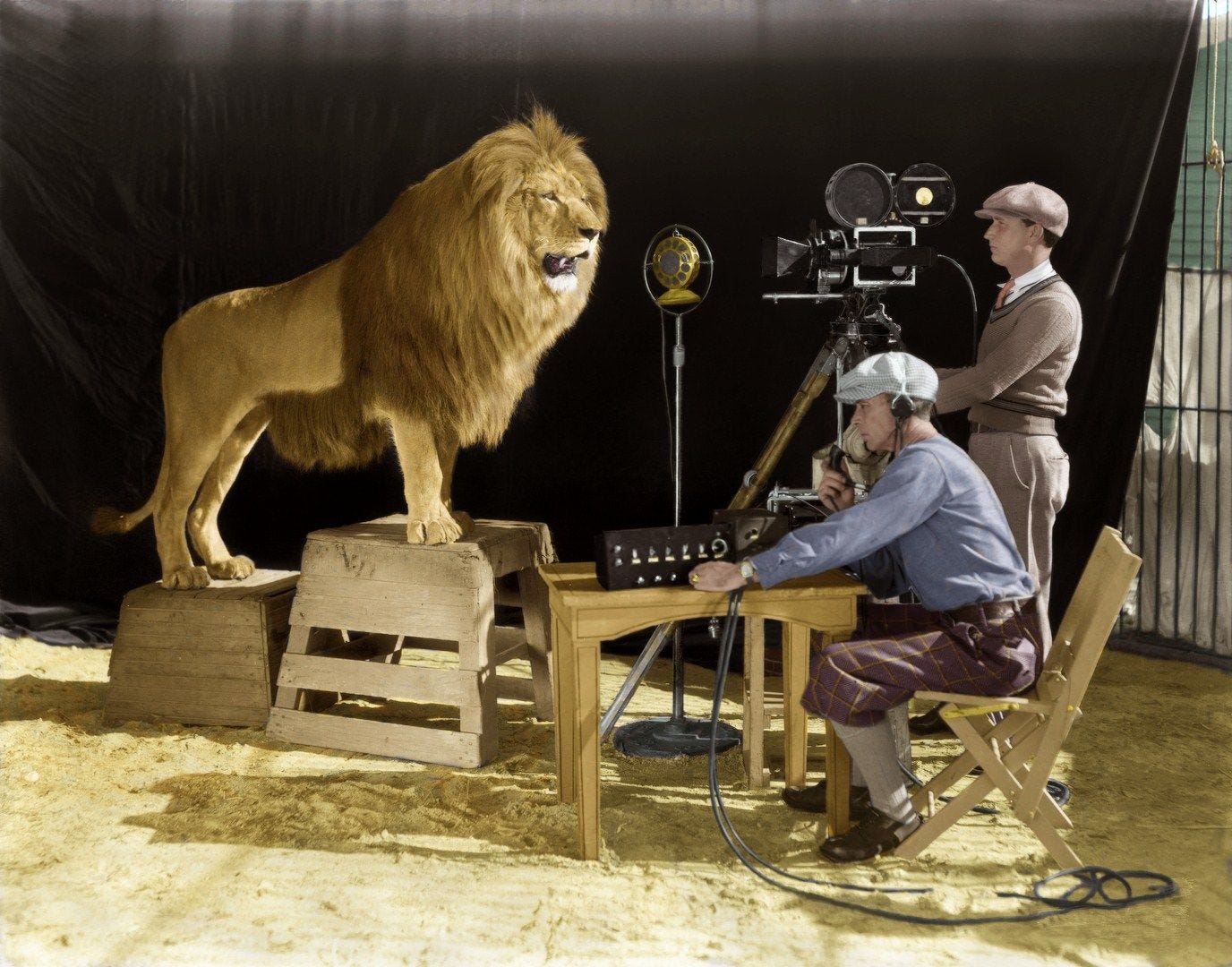
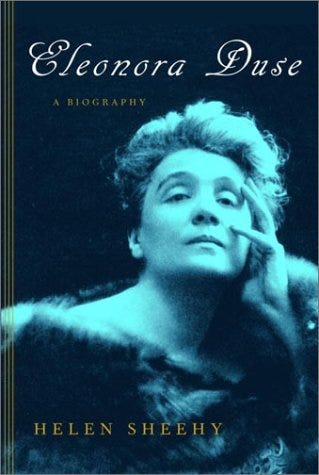
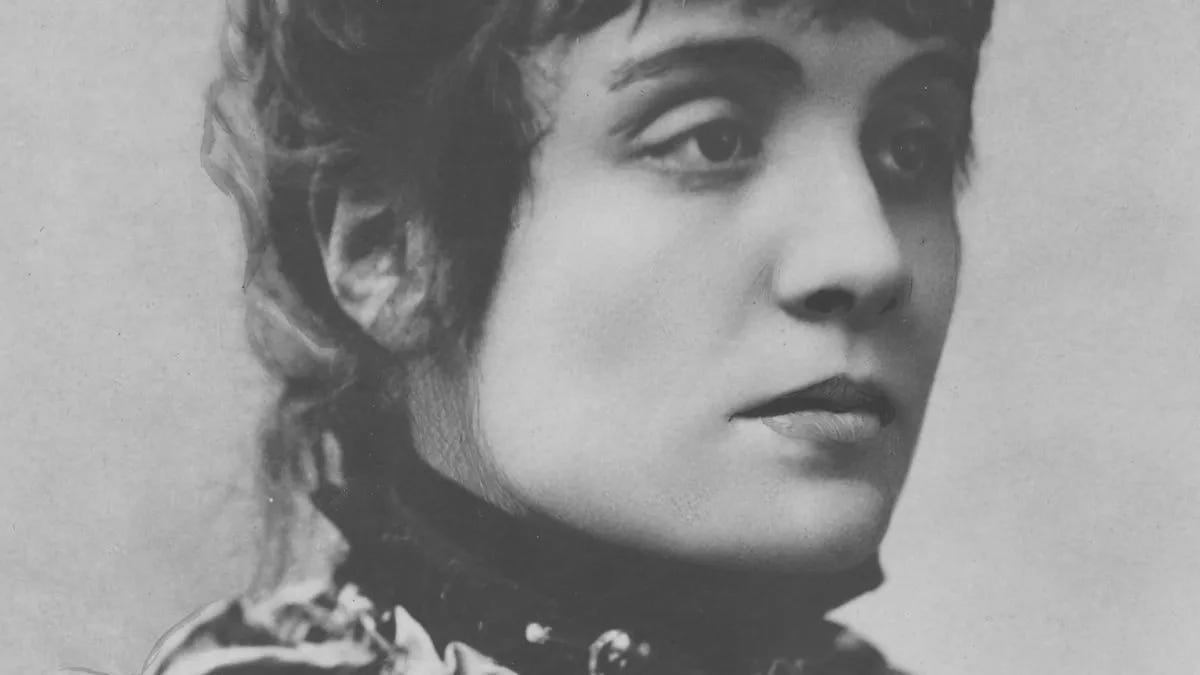
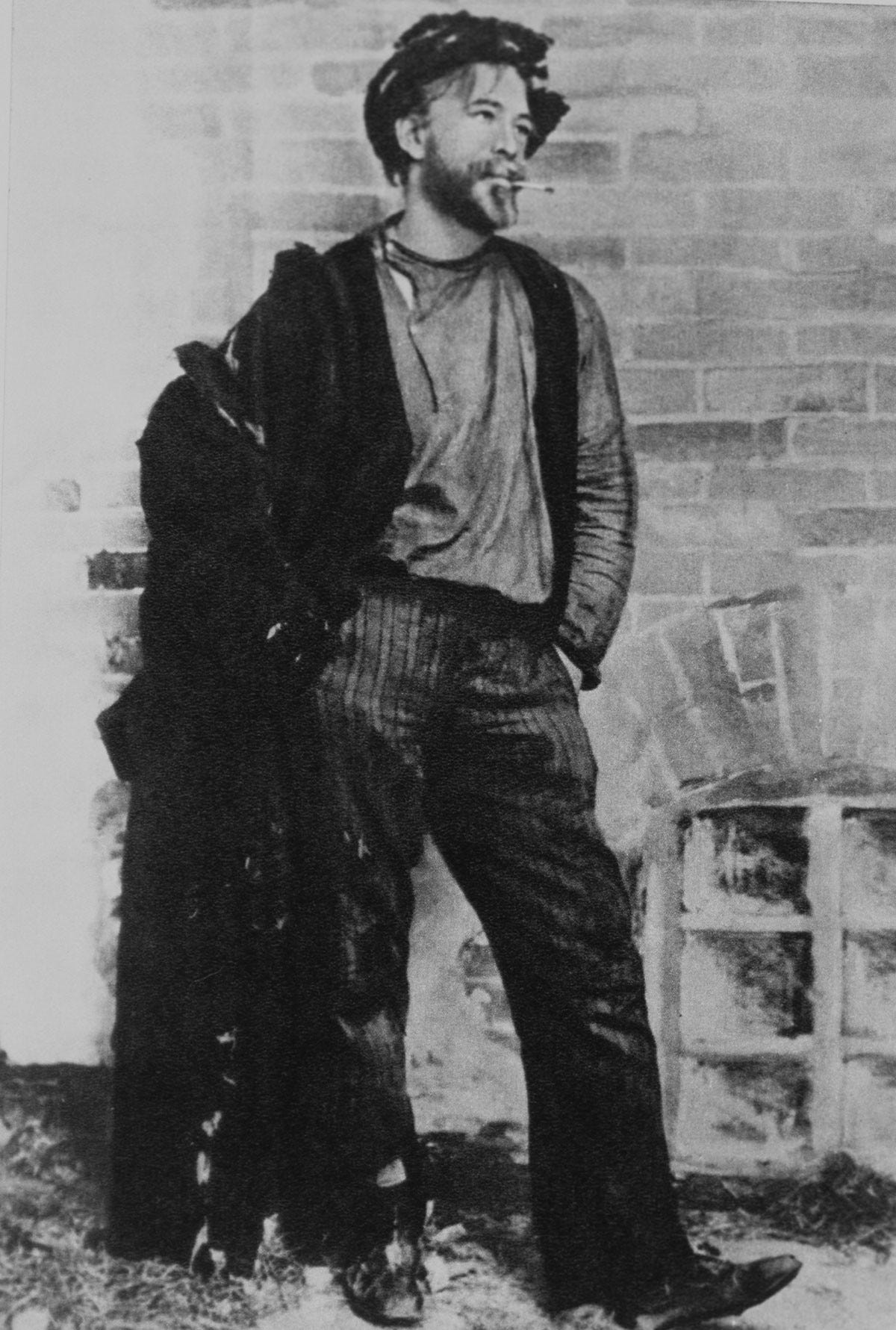
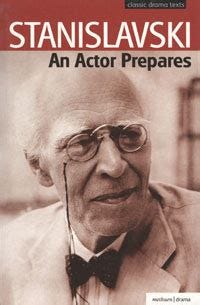
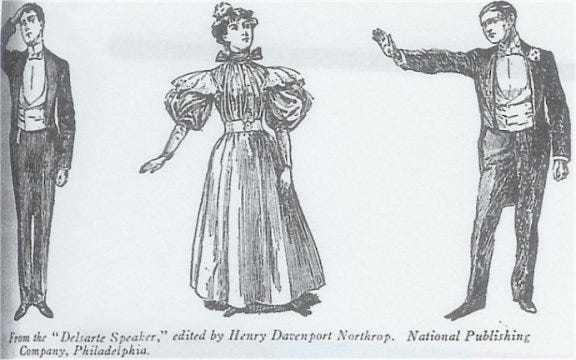
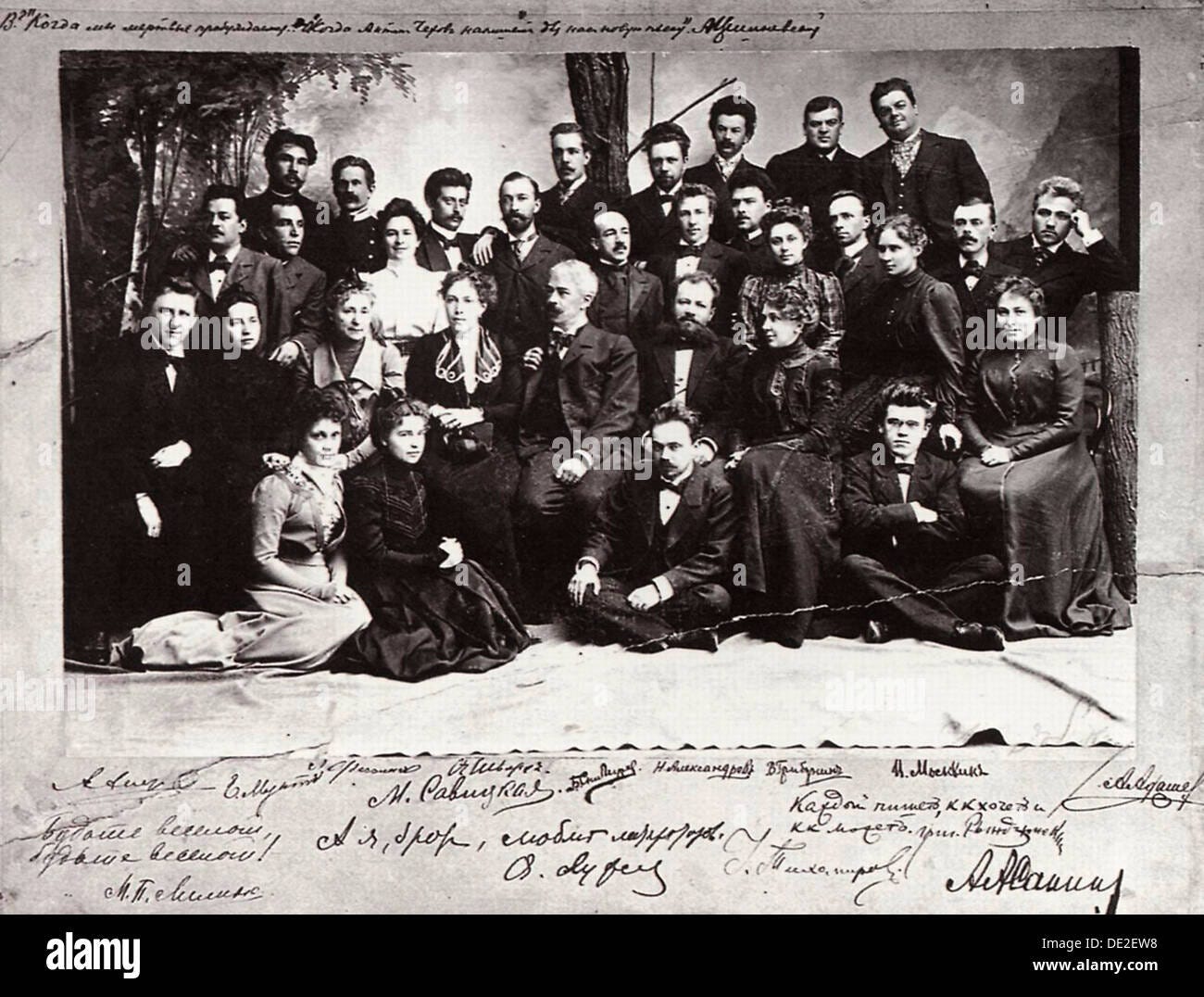
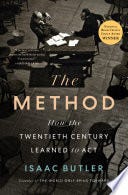
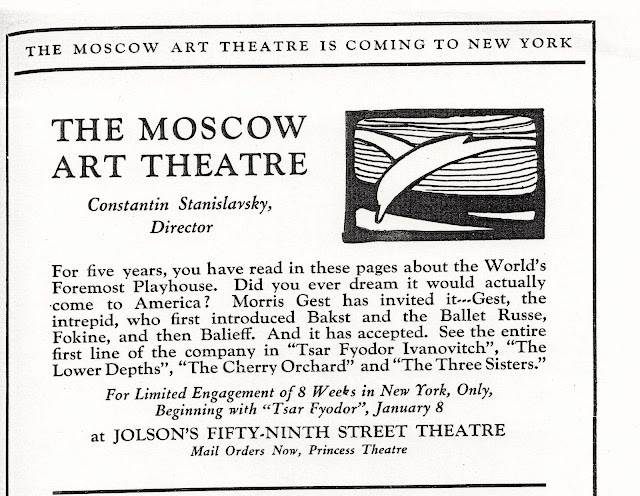
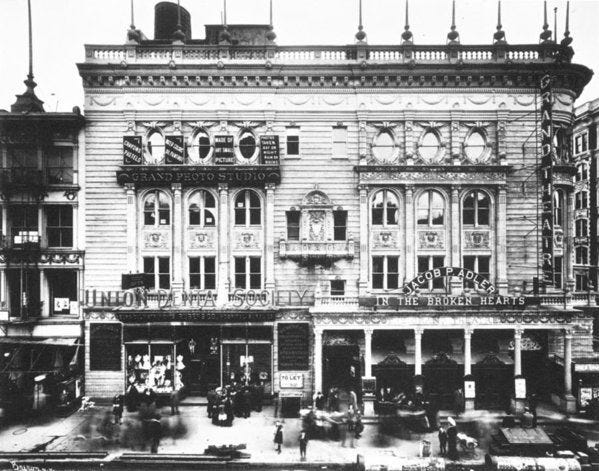
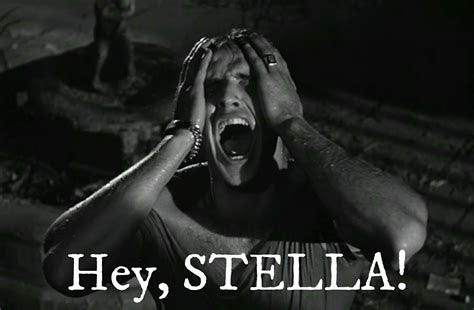
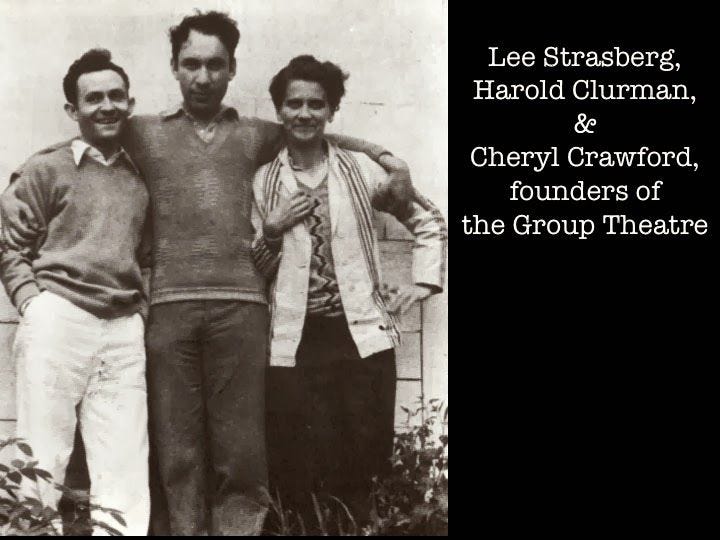
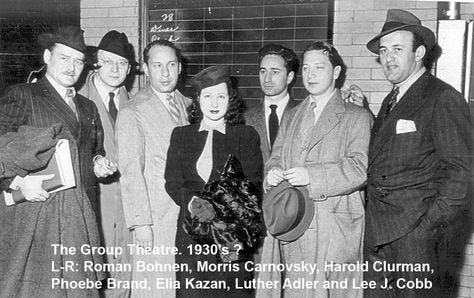
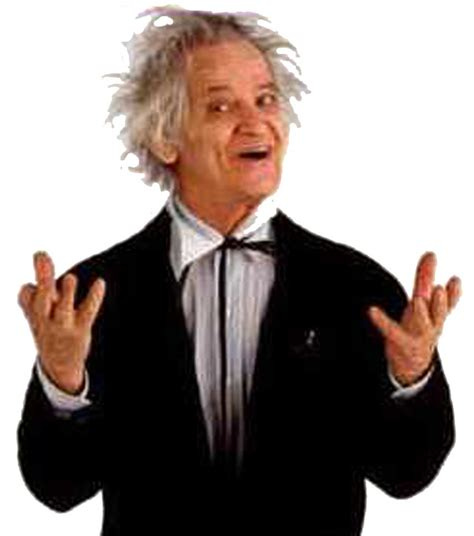
I remember when I arrived in Manhattan, in 1968, there was still evidence of the Yiddish Theatre on 2nd Avenue -- a number of the theaters were still standing. What eventually became the Fillmore East was originally built as a Yiddish Theater and as late as 1964, ads described a show that ran on weekends as “a musical revue with American and Yiddish stars and revivals of Yiddish film classics."
When I was studying at NYU Film School, I began to look at American films a lot more closely, and was struck by the acting of John Garfield, Luther Adler, Paul Muni, Edward G. Robinson, Herschel Bernardi and Zero Mostel. They all came from the Yiddish theatre and several worked in the Group Theatre, as well.
Watched the video on The Group. Fabulous. Thanks for the link. Except for unfortunately being born 30 years too late, you could have been there!!!